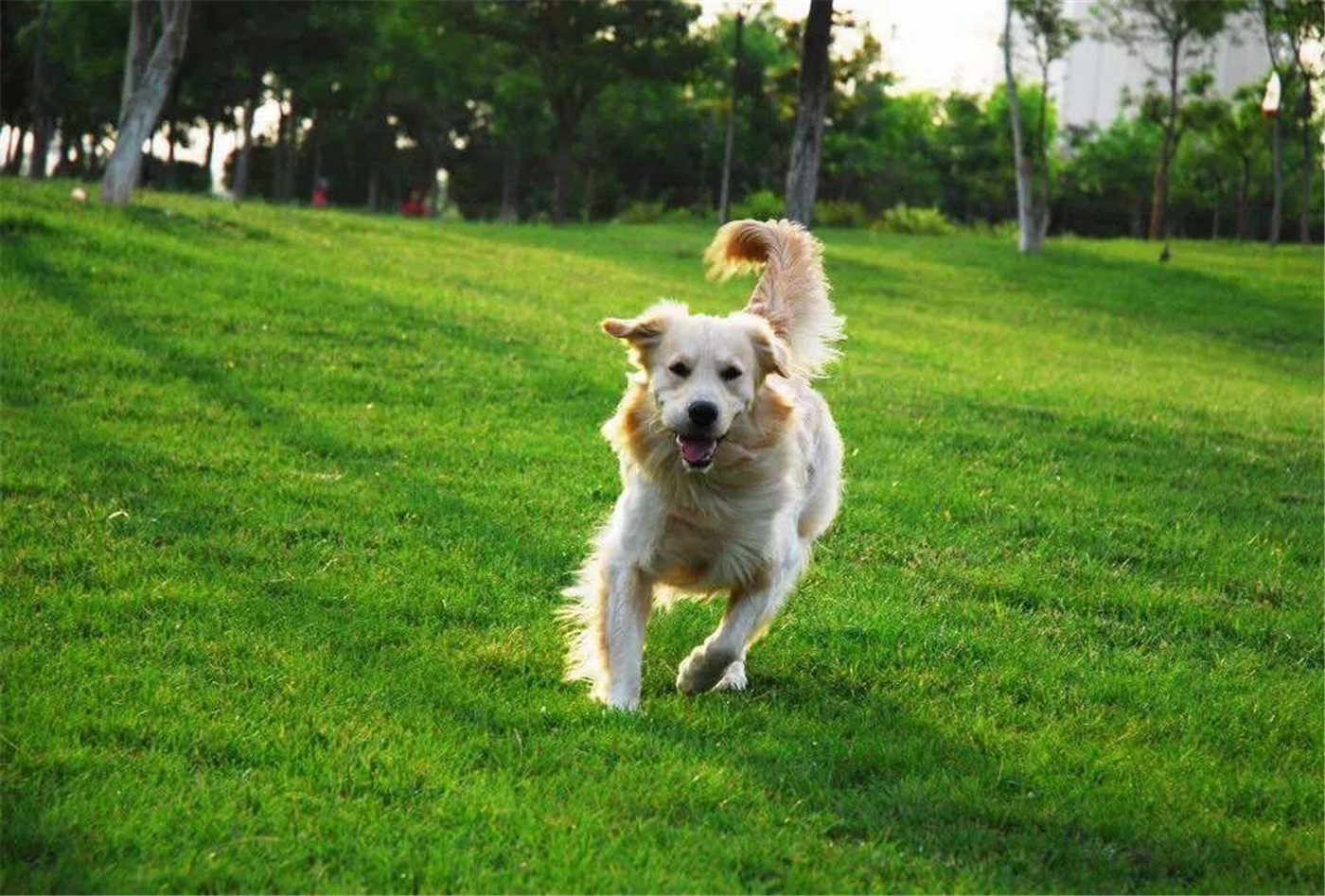01 Try to understand your dog
Do you really know your dog? How do you react when your dog does something right or wrong? How did your dog respond?
For example: When you come home and find that the living room floor is full of shit, the dog still looks at you excitedly. You beat it very angry, scolded it in front of it with its shit, and warned it, "I shouldn't shit in the living room when I'm not at home, and rub it everywhere."
This kind of logic is too complicated for dogs, and its most direct reaction may be-I shouldn't shit. Then next time, in order to avoid getting spanked, it might destroy the evidence by eating shit after shitting... (Of course, this is not the only reason dogs eat shit.)
Don't use human thinking to understand dogs, especially for a puppy that has just been raised, your language is completely a book for it, it can only understand simple logic, and try to figure it out through your behavior, tone, and actions did you mean.

02 Dog's nature
There are only three things in a dog's nature: territory, mate, and food.
Territory: Many dogs are fierce at home, but they are very quiet when they go out, because they understand that only at home is their territory. When the male dog goes out, he will also pee everywhere, only a little, in order to leave a scent to announce that this is his territory.
Spouse: Mating is the nature of animals. When two strange dogs meet, they always have to sniff each other to see if they are of the opposite sex, if they are in heat, and if they can have sex. (Male dogs can mate at any time, female dogs are in heat twice a year, can you not cherish the opportunity twice a year...)
Food: Everyone has this experience. If you want to get close to a dog at a friend's house, it is the easiest way to give some food. Even if it doesn't eat it, it can probably understand that you are not malicious. In these natures, food is also the most convenient and effective tool for our training.
03 Create your own rules
There is no absolute right way, for example, some families allow dogs on the sofa and in the bedroom, while others do not. These rules themselves are fine. Different families have different rules, but once the rules are determined, don’t change them day and night. If you are happy today, let him sit on the sofa, but tomorrow you are not happy. logic. Of course, for Corgi, even if you let it go on it, it may not go on...
04 password
As mentioned above, dogs cannot understand human language, but we can establish the dog's conditioned reflex to passwords and behaviors by repeating certain basic passwords, so that it can make specific actions when it hears the passwords.
Passwords are divided into action passwords and reward and punishment passwords. Use short and powerful words as much as possible. Action passwords such as "go out", "come over", "sit down", "don't move", "quiet"; "NO", "GOOD", "NO". Once the password is determined, do not change it at will. Only when a certain password is misunderstood by the dog and it is difficult to correct it, you can change a password and retrain.
When issuing passwords, the owner's body and expression should also cooperate. For example, when you issue the command "come here", you can squat down, open your hands as a welcome gesture, and speak softly and kindly. When you issue the command "don't move", you can push out with one palm, with a firm and serious tone.
Passwords need to be reinforced by a lot of repetition in daily life. Don't expect to make it fully understood after only saying a few times.
05 Rewards
When the dog does the right thing, such as fixed-point defecation, and successfully performs the skill of getting down, reward it immediately. At the same time, use the "awesome" and "GOOD" passwords to praise, and stroke the dog's head to praise it. Let it understand that what you do at this moment = doing it right = rewarding it. Rewards can be treats, favorite treats, toys, etc.
06 punishment
When the dog does something wrong, it can cooperate with passwords such as "NO" and "No", with a strict and firm tone. The punishment measures that match the password are divided into positive punishment and negative punishment:
Positive punishment such as scolding, slapping the dog's buttocks and other actions will immediately stop the wrong behavior the dog is doing, such as biting slippers, picking up the trash can, etc.
Negative punishment is to remove the rewards that the dog is enjoying - such as canceling the reward of snacks, taking away its favorite food and toys, when a certain skill suitable for training dogs is not done right, such as training to get down, if you do it wrong Cancellation of rewards.
Note: ① Do not impose cruel corporal punishment; ② Do not punish by cutting off water and food; ③ Do not yell at the dog, even if it breaks its throat, it will not understand; ④ Do not add punishment afterwards.
07 catch the current
Grasping the current situation is an important principle of the reward and punishment system. Regardless of rewards or punishments, the premise of "catching the current situation" must be followed. Reward immediately for being right, and punish for being wrong. Dogs will only associate rewards and punishments with what is happening at the moment.
In the example above where the owner is not at home and the dog poops in the living room, any punishment will have no effect because it is outdated. You can only clean up the room silently, and you can only blame yourself for allowing the dog to come and go freely before it learns to defecate at a fixed point. At this time, beating and scolding it has no meaning other than venting.
08 Summary
All training, whether it is etiquette or skills, is initially established on the basis of conditioned reflexes of rewards and punishments, and at the same time cooperate with passwords to strengthen passwords in life again and again.
Post time: Dec-10-2023









